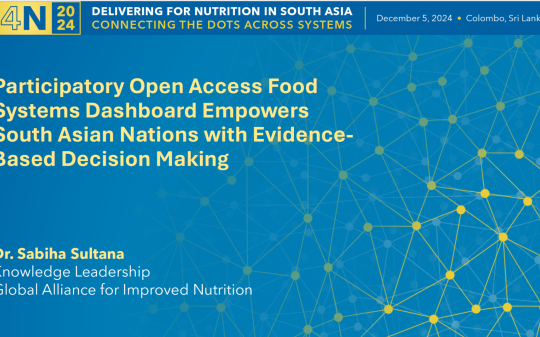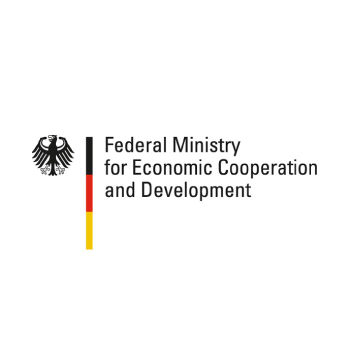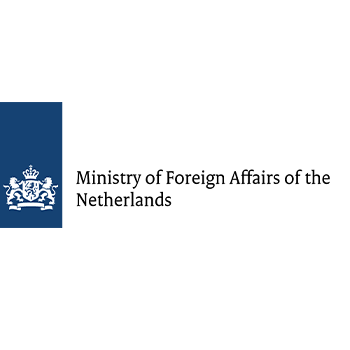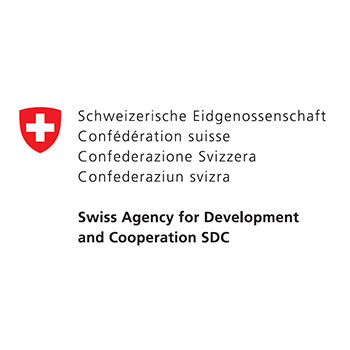The FSD is organized around three main pillars: Describe, Diagnose, and Decide
DESCRIBE
The FSD brings together extant data for around 300 indicators to give users a complete view of food systems, including their drivers, components, and outcomes. These indicators come from over 40 sources, both public and private, including United Nations agencies, the World Bank, the Consultative Group for International Agriculture Research (CGIAR), Euromonitor International, and cross-country project-based datasets. The FSD is continually being updated to include new indicators, growing from around 140 indicators when first launched in 2020 to around 300 today.
DIAGNOSE
On the Country Profiles, a country’s performance is assessed for 39 diagnostic indicators that span food supply chains, food environments, nutrition and health outcomes, and environmental outcomes. For each indicator, countries are considered to be in the green, yellow (indicating a potential challenge area), or red (indicating a likely challenge area).
DECIDE
The FSD includes 87 polices and actions aimed at improving diets, nutrition, and environmental sustainability. Stakeholders can explore and prioritise these actions based on the needs of their food systems.















